10 Ways Roller Skate Fitness Will Improve Your Balance.
Balance plays a vital roler in skating. Find out exactly why roller skating and rollerfitness can help improve your overall balance and help you become better balanced whilst wheels are at your feet!
1. Narrow Wheelbase: Roller skates typically have a narrow wheelbase, the distance between the wheels. A narrow wheelbase makes it harder to maintain stability as there's less distance between the points of contact with the ground. This requires greater control over your body's center of gravity.
2. Limited Contact Area: The contact area between the wheels and the ground is smaller compared to other forms of transportation like bicycles or even shoes. This reduced contact area makes it more challenging to distribute your weight evenly and maintain balance.
3. Unstable Platform: Roller skates have a relatively small platform for your feet. Unlike shoes, which provide a larger and more stable base of support, roller skates require you to balance on a smaller surface, increasing the difficulty of maintaining stability.
3. Constant Motion: When you're on roller skates, you're in constant motion, unlike standing still on solid ground. This means you need to make continuous adjustments to your balance to account for the movement and changes in terrain.
5. Unfamiliar Motion Patterns: The motion patterns involved in roller skating can be unfamiliar to beginners. The side-to-side swaying and the need to push off with one foot while maintaining balance on the other can be challenging to coordinate.
6. Friction and Momentum: The wheels of roller skates reduce friction with the ground, allowing for smooth movement but also making sudden stops or changes in direction more difficult. Additionally, the momentum generated by the wheels can make it tricky to control your movements, especially when you're still learning.
7. Uneven Surfaces: Outdoor surfaces where people often roller skate can be uneven, with cracks, bumps, and debris that can disrupt your balance. Negotiating these uneven surfaces requires quick reactions and adaptive balancing.
8. Muscle Engagement: Balancing on roller skates requires specific muscle groups to constantly engage and adjust. These muscles might not be as developed or accustomed to the specific motions involved in skating, leading to fatigue and difficulty in maintaining balance.
9. Fear of Falling: The fear of falling can make it even harder to balance. When you're tense and anxious about losing your balance, your body tends to stiffen up, which can actually hinder your ability to make the small adjustments needed for balance.
10. Position & Space: Roller skating challenges your proprioceptive system, enhancing your body's ability to recognise its position in space and make necessary adjustments. Moreover, the act of balancing on skates strengthens your leg muscles, particularly the stabilizing muscles in your ankles and calves.
Overall, balancing on roller skates is a skill that requires practice, coordination, and a good sense of body awareness. With consistent effort and practice, most people can improve their balance on roller skates over time.
Tag us in your social posts as we love to see how you’re using your roller skates to improve your balance - Good luck!


